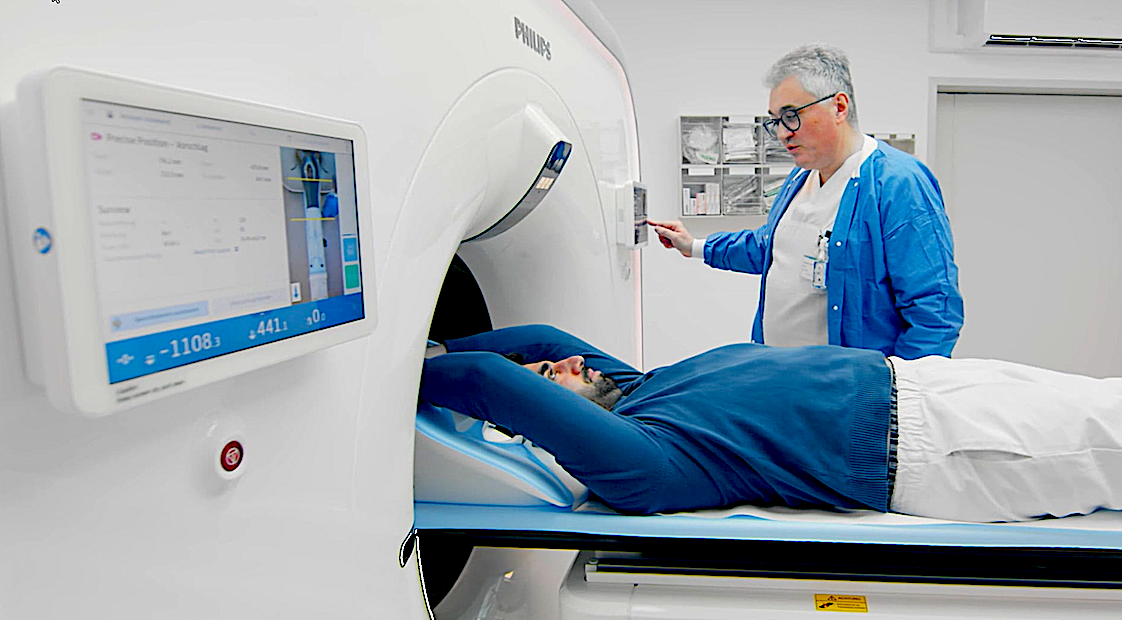Burke Rehabilitation in White Plains has been awarded $1 million in state grants to be used to build a CT scanner suite at Burke’s 150-bed inpatient rehabilitation hospital in White Plains. A computed tomography (CT) scanner uses X-ray images that are processed by a computer to produce 3D images of internal areas of the body.

According to Burke, the funding for the CT scanner suite consists of $500,000 secured by Senate Majority Leader Andrea Stewart-Cousins, $250,000 secured by State Sen. Shelley Mayer, and $250,000 secured by Assembly Member Amy Paulin. The funding comes from New York’s Community Resiliency, Economic Sustainability and Technology Program.
According to Burke’s Executive Director Scott Edelman, “Patient-centered care and innovation are at the core of who we are as an organization, and the ability to more effectively diagnose brain injuries onsite will help us improve the patient experience and outcomes among our most complex patients. We are extremely grateful for the support of our trusted elected officials and look forward to continued collaboration to deliver the most advanced physical medicine and rehabilitative care possible.”
Burke says that the CT scanner will be used to provide imaging of about 300 patients annually. It says that today these patients need to be transported to another medical facility for scans, which delays their diagnosis and treatment process. Burke also notes that right now if a Burke clinician suspects a stroke patient may be experiencing a second stroke, the patient must be transported to another hospital for scanning, interpretation, and follow-up. Burke says that this process wastes critical time that could be used to begin treatment. It also says that because the new scanner will provide electronic output of the images time will be saved enabling the rapid diagnosis and treatment of conditions such as suspected or confirmed brain bleeds.
Burke expects to begin construction on the CT scanner suite in the fall of this year and expects that the new scanner suite will be operational and serving patients in the winter.






















